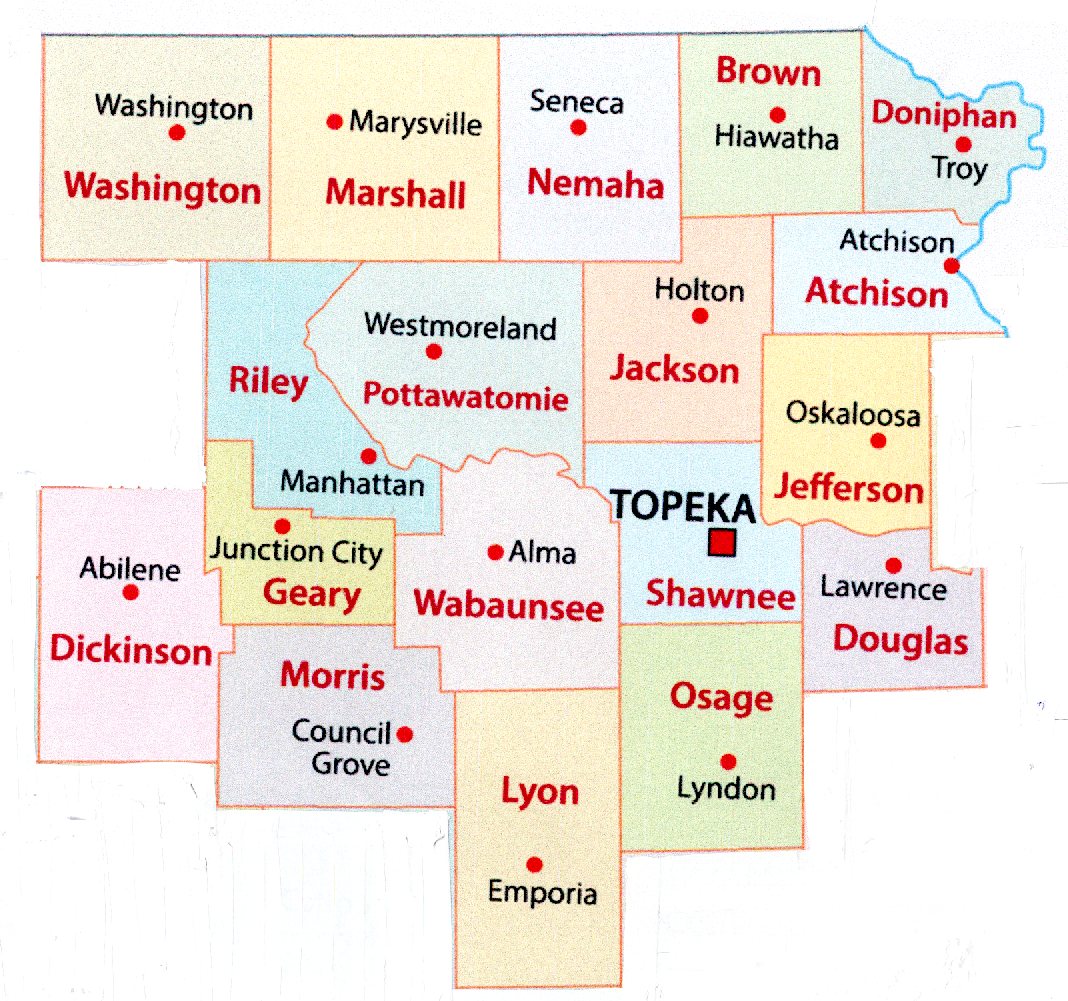No Cost Mammograms
All program participants meeting the following guidelines will be eligible for a no cost mammogram.
- Women of 40 years of age or older;
- Women whose last screening mammogram was 12 months or longer;
- Women whose household income is 250% or below the poverty level;
- Women who work or live in the Kansas counties of Atchison, Brown, Dickinson, Doniphan, Douglas, Geary, Jackson, Jefferson, Lyon, Marshall, Morris, Nemaha, Osage, Pottawatomie, Riley, Shawnee, Wabaunsee or Washington;
- Women aged 20-40 who have a family history of breast cancer, current breast issue(s) with health care provider recommendation for a mammogram and meet the county and income guidelines;
- Men who are aged 20 and above who have a family history of breast cancer, current breast issue(s) with health care provider recommendation for a mammogram and meet the county and income guidelines.
- Those having current breast issues need to see a medical professional to obtain a written prescription for a mammogram. The Race Against Breast Cancer does not pay for office visits.
Counties Served

Program participants who are eligible for no cost mammography services (screening and diagnostic) are referred to participating contracted RABC mammography providers. Program participants must have a medical professional to whom their mammography results can be sent. If a participant does not have a medical professional our office will recommend application to local health agencies. Please see our RABC Program Partners page for more information on the medical professional agencies we work with. If you have received a RABC mammogram and you would like to share your experience story, please contact us.
What actions should I take for my breast health?
- Women should see their health care professional annually beginning in their 20’s to learn the benefits and limitations of monthly BSE (breast self examinations) and then report any changes to their health care professional immediately.
- Women in their 20’s and 30’s should have a CBE (clinical breast exam) done by their health care professional every three years. Women in their 40’s should see their health care professional for a CBE every year.
- Women should discuss with their health care professional when to begin yearly mammogram screenings taking in account their age and known family history. Some health care professionals recommend yearly mammography screenings beginning at age 40 and to continue as long as they are in good health.
Be aware of changes in your body – contact your health care professional immediately if any of these are present.
- A new lump or mass in the breast or surrounding tissue (including armpit)
- Swelling of all or part of the breast (even if a lump isn’t felt)
- Skin irritation or dimpling
- Breast or nipple pain
- Nipple retraction (turning inward)
- Redness, scaliness, or thickening of the nipple or breast skin
- A nipple discharge other than breast milk
